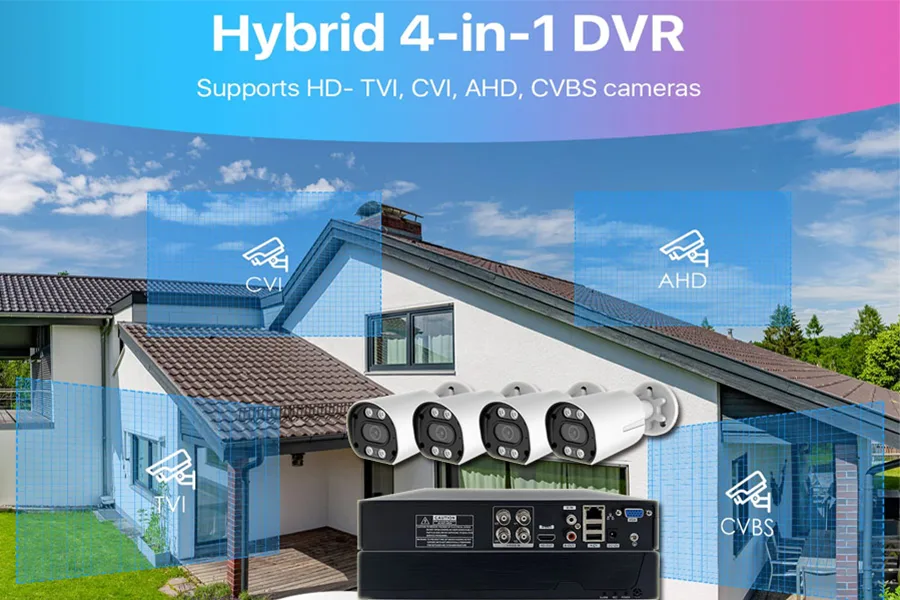







It seems we can't find what you're looking for.
It seems we can't find what you're looking for.











Monthly Yield




AHD cameras stand for Analog High Definition cameras. They are a type of surveillance camera that uses analog technology to transmit high-definition video signals over coaxial cables.
Whether AHD is better than HD depends on the context. AHD cameras offer high-definition video resolution, typically up to 1080p, which is comparable to traditional HD (High Definition) cameras. However, AHD cameras have the advantage of being compatible with existing analog CCTV systems, making them a cost-effective option for upgrading surveillance systems to high-definition without replacing the entire infrastructure.
The maximum resolution of AHD cameras varies depending on the specific model and manufacturer. However, AHD cameras typically offer resolutions ranging from 720p (1280 x 720 pixels) to 8MP (3840 x 2160 pixels), with some advanced models capable of even higher resolutions.
The main difference between FHD (Full High Definition) and AHD cameras lies in the technology used for transmission. FHD refers to cameras that transmit video signals digitally, typically over IP networks, while AHD cameras use analog technology to transmit high-definition video signals over coaxial cables. FHD cameras may offer higher resolution and more advanced features compared to AHD cameras, but they may also require more complex setup and higher costs.
Whether CVBS (Composite Video Baseband Signal) or AHD is better depends on the specific requirements and preferences of the user. CVBS is a traditional analog video format commonly used in older CCTV systems. AHD, on the other hand, offers high-definition video resolution over the same coaxial cables used for CVBS, providing an upgrade path for existing analog systems. In general, AHD is considered superior to CVBS in terms of video quality and resolution, making it a preferred choice for modern surveillance applications.